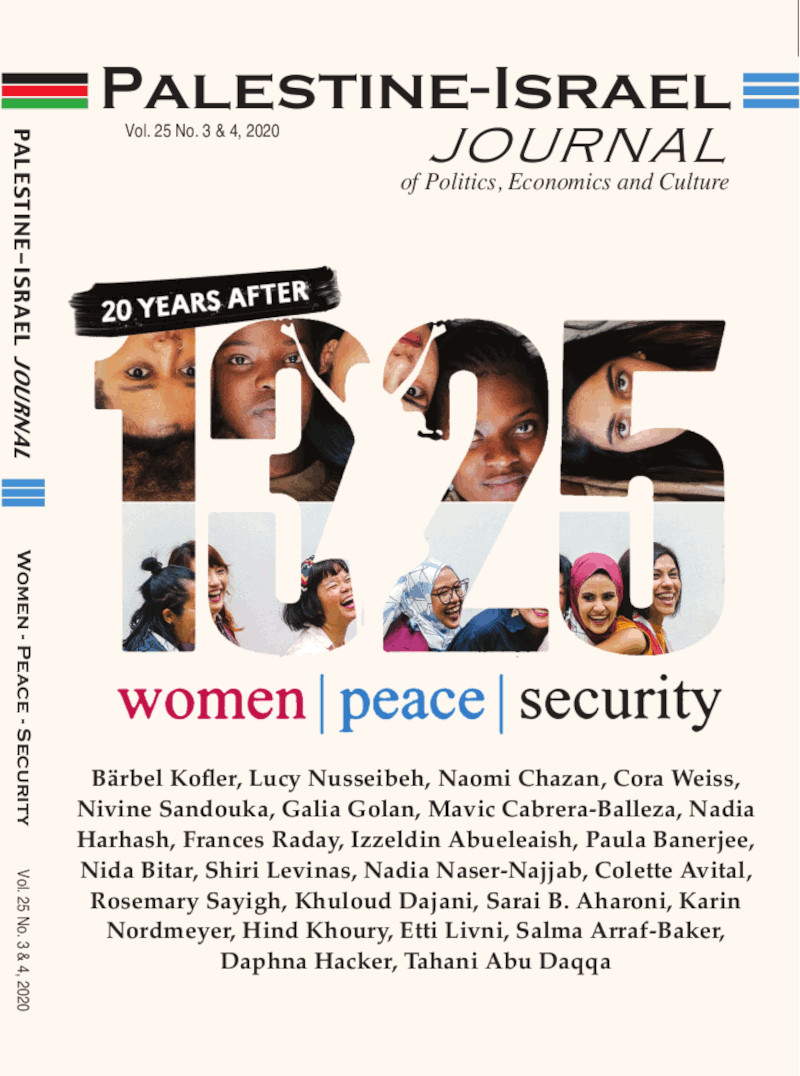In The Book of Laughter and Forgetting, the Czech writer Milan Kundera says: “The struggle of man against power is the struggle of memory against forgetting.” If we consider this phrase, we find that in the context of hegemony and occupation, cultural heritage is an integral part of this struggle due to its association with memory, although it is not an incident that has happened and ended. It is rather a continuous reflection of a living image that speaks about the life and trials of a people, not about complex abstracts that neither mind nor imagination allows to materialize on the ground and thus abandons and throws into oblivion.
Hence, the preservation of cultural heritage is an issue at the heart of struggle against power, because it enhances memory and continuously keeps the past vivid in the present.
Heritage and Identity
In the Palestinian context, heritage reminds the occupier of the existence of a people whose cultural features the occupier is trying to abolish and obliterate. It constitutes a threat to the hegemony of the occupier over this people. Heritage is not separated from memory but rather strengthens it, so that it remains a link between generations. Heritage is an expression of originality and an extension of it — a symbol and a form of a cultural resistance fortifying the Palestinian identity.
The Memory of the People
The Palestinian writer and thinker Edward Said always focused on the importance of memory in the Palestinian experience and stressed the role of culture in reviving this memory.
Said describes memory in the Palestinian context as “not an organized memory because the Palestinian people do not have a state, nor an organized central authority.” But he says: “If you looked inside the home of any third-generation Palestinian after 1948, you would find things like a house key, letters, a document, title deeds, pictures, or newspaper clippings preserved to keep alive the memory of an era in which the existence of this people was relatively coherent and collective.” Memory, according to Said, “is an extremely powerful collective tool for preserving identity. It is something that can be carried not only through official accounts and books, but also through informal memory. It is one of the main bastions against obliteration and falsification of the history of the Palestinian people. It is a tool of resistance.”
Identity and Language
The spoken language, or dialect, plays a role similar to memory in this conflict, and a strong one, as part of heritage; it transmits values, in addition to being a means of expression. Here, Said reminds us again that the different dialects in the Palestinian colloquial discourse are preserved and transmitted to the third and fourth generations by giving the example of his son, who grew up in New York and later learned Arabic. He says: “When you hear him speak, you hear his grandfather’s accent. It is clear that
he heard it from me and other Palestinians while we were talking together.” Thus, Said explains, “speech dialect in itself constitutes a great painting of memory, which should be activated and used, as it carries the past forward to the present and then to the future and protects it from disappearing, or slipping into oblivion.”
Palestinian heritage forms a group of these “great paintings” that must be displayed not only in museums and national cultural centers and on the walls of libraries in order to be kept alive; it must be used in order to ensure its continuity and vitality. The Palestinian spoken language, with all its subdialects, constitutes the main feature of this heritage and is, at the same time, a vital channel for transmitting its manifestations and features from generation to generation.
In simple terms, a spoken dialect is a means of communications. More importantly, though, it is considered a heritage that carries and expresses the culture of a people. It becomes a storehouse for a people’s images, ideas, wisdom, experiences, and history. A dialect binds one to his/her people and becomes a part of one’s being; it is the window from which one looks at oneself and the world.
Heritage as Power and Presence
Heritage, as defined by the Palestinian writer Saleh Zayadneh, is “what is transmitted from customs, traditions, sciences, literature, arts and the like from generation to generation, that is, human heritage, literary heritage, folklore, and it includes folk traditions such as poetry, singing, music, popular beliefs, stories, tales, proverbs, the customs of marriage and various occasions and their inherited methods of performance, styles, types of dance, games and skills.”
Like every other folk heritage, that of the Palestinian is replete with its own aesthetics, and it shares the global characteristic of belonging to a human society that deserves respect and preservation while, at the same time, is distinguished by its particularity and local character. It deserves support for the continuity of its vitality, as it is threatened not only by aspects of modernity and globalization that contribute to the obliteration of tradition and national identity but also by foreign hegemony and control over it and over cultural sites and archives that document the history of the relationship of the Palestinian people with the land on which they grew up and built their society and heritage.
References
Kundera, Milan. The Book of Laughter and Forgetting. Translated by Michael Henry Heim. New York: Knopf, 1980.
Barsamian, David and Edward W. Said. Culture and Resistance. Conversations with Edward W. Said. Boston: South End Press, 2003.

